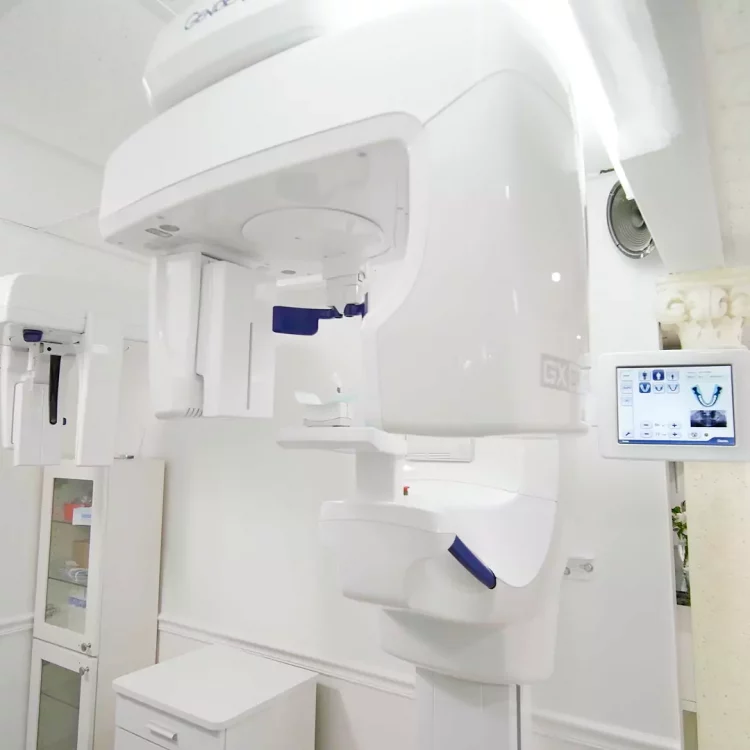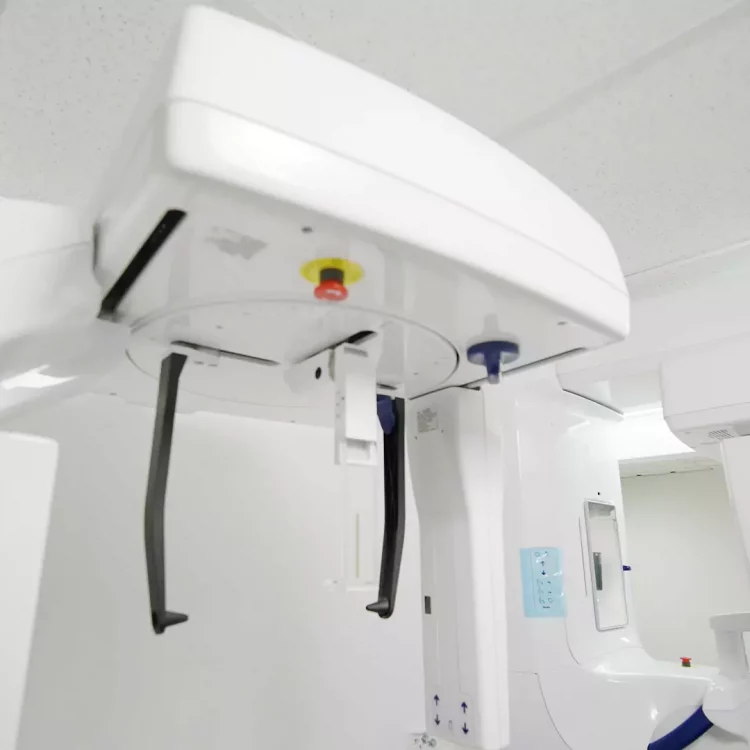Our Dental technology
Dental technology has come a long way in recent years, and it's changing the way we approach dental care. From digital x-rays to CAD/CAM technology, dental professionals are using cutting-edge tools and techniques to provide better, more efficient care to their patients.

CT Scan
A CT scan is a type of imaging test that provides detailed 3D images of the teeth and jawbone. It's a routine part of dental care that can help to accurately diagnose and treat dental issues such as impacted teeth and bone loss. The procedure is painless, takes only a few minutes, and uses a lower dose of radiation compared to traditional x-rays. If you recommend a CT scan for your patient, be sure to explain why it's necessary and what to expect during the procedure.



Cephalometric X-Rays
Cephalometric x-rays are a type of radiograph that is used to evaluate the position and alignment of the bones in the head, face, and jaws. These x-rays are often used in orthodontics to help diagnose and plan treatment for conditions such as malocclusions, skeletal discrepancies, and craniofacial abnormalities.

Periodontal Surgery
Periodontal surgery is a type of dental surgery that is used to treat advanced gum disease, also known as periodontitis. This condition occurs when the gums become inflamed and infected, leading to the breakdown of the supporting tissues that hold the teeth in place.

Dental scan
Dental scans, also known as dental imaging or dental radiographs, are diagnostic tools used by dentists to evaluate the condition of a patient's teeth, gums, and jawbones. There are several types of dental scans, including X-rays, cone beam CT scans, intraoral cameras, and panoramic X-rays. These scans help dentists to diagnose dental problems such as cavities, gum disease, and jawbone abnormalities, and plan treatment accordingly. Dental scans use safe levels of radiation to produce images of the mouth and teeth, and are an important part of routine dental care.



